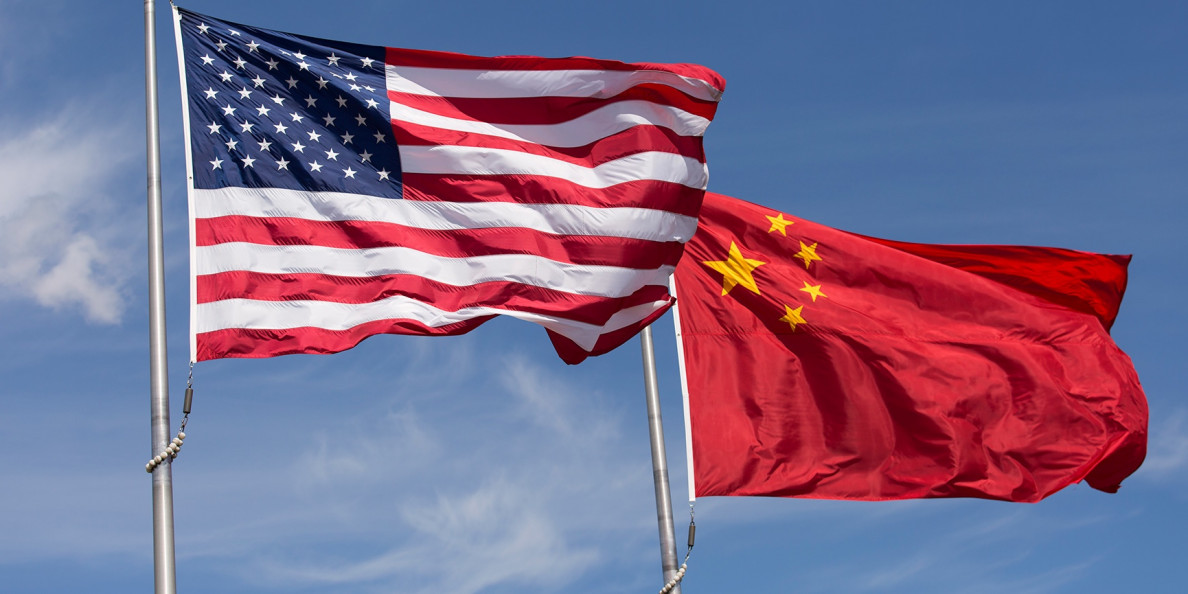Gregg Doud says China will purchase $80 billion in U.S. agricultural products over the next two years as agreed in the recent Phase-1 trade deal between the U.S. and China. The groundwork's been done; the processes in motion.
Doud is the chief agricultural trade negotiator with the Office of the U.S. Trade Representative. He spoke to a general session of delegates from across the U.S. cotton belt at the 2020 National Cotton Council annual meeting Feb. 16 in New Orleans.
China imports roughly $130 billion in ag products from the world annually. In the best years for the U.S., China imported between $20 billion and $24 billion U.S. agriculture products, he said. That wasn't good enough. Non-trade barriers in China impeded access for U.S. agricultural products. The current agreement addresses those barriers.
Restrictions
"Given the capacity for U.S. agriculture export, we should be doing much better. In fact, with the exception of soybeans and cotton, I really can't name another ag commodity that doesn't have some sort of sanitary or phytosanitary or non-tariff restriction on it," he said.
Countries use sanitary and phytosanitary restrictions to regulate the entry of diseases and pests from other countries.
Leading up to the trade agreement, the U.S. spent hundreds of hours working with partners in China, he said, "to facilitate and create new regulations where they didn't exist, with a specific timeline in which they had to do this." The Phase-1 agreement contains 57 specific items to address restrictions with 57 specific timelines for China to open its markets and improve access to U.S. agricultural products.
"Now I know there's been a lot of skepticism out there in the markets, et cetera, that, well, can China really do that, or will they really do that? I believe they will. And I understand the skepticism because I don't think there was an understanding of the multitude of products that China now has the capability of buying verses what they never had before. They know all the U.S. agricultural products. They want our products really," he said.
The current coronavirus situation adds to global trade uncertainty. "I want you to know that so far our interpretation is they (China) are working very hard. I think they are making extraordinary effort and we're going to continue to work with them to get it (Phase 1 agreement) done," he said.
Over the last two years, the U.S. has renegotiated trade deals with its top four global agricultural markets: Mexico, Canada, Japan and China, which collectively received 51% of total U.S. ag exports in 2018 and 47% in 2019, he said.
Competition
Shifting to cotton for the cotton-heavy crowd in New Orleans, Doud said U.S. cotton exports to Vietnam continues to grow, up 6% in 2019. Receiving $600 million in U.S. cotton in 2019, India is the fastest-growing market for U.S. cotton.
U.S. cotton exports to China are down 23%, he said, compared to 2018. The decline may be trade related, he said, but argued USDA numbers show a trend. Compared to 2018, U.S. cotton exports are down 30% in Indonesia, 23% in Mexico and 22% in Thailand
In comparison, total U.S. corn exports were $7.6 billion in 2019, $4.8 billion less than 2018. South Korea imported $1 billion less U.S. corn in 2019 than it did in 2018. U.S. exports cotton to South Korea were 28% less in 2019 than 2018.
"My point is that's not trade related. That's competition from other countries. I'll tell you, we have huge competition from Brazil and Argentina, and also places like Ukraine on the corn side," he said.
He said the strong U.S. dollar blows headwind onto U.S. ag exports.
The Brazilian farmer with the current low level of the Brazilian real, the country's currency, is seeing record prices for corn and soybeans, he said, and is "getting the signal to grow, grow, grow," while the signal to the U.S. farmer "is to put on the brakes." Brazil's interest rate has dropped from 14% to 4.25% in the last 18 months, making borrowing and investment more appealing.
He championed the new United States-Mexico-Canada Agreement as a success to expand exports of U.S. agriculture products, but he said U.S. agriculture's top two export partners are on the edge of recession, which could dampen trade in the near-term.


